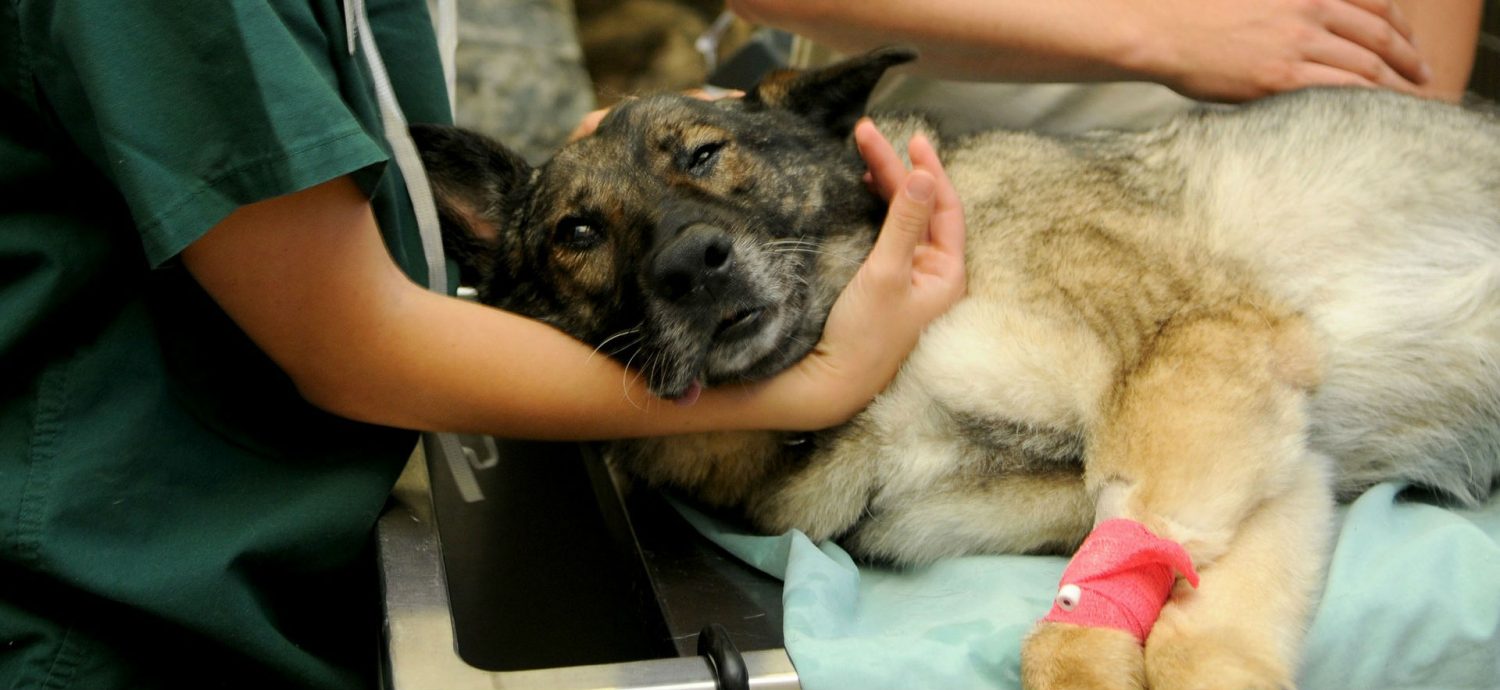Understanding Mast Cell Tumors (Mastocytomas) in Dogs: What Every Pet Parent Should Know
Mast cell tumors (MCTs), also known as mastocytomas, are one of the most common types of skin tumors found in dogs. While the word “tumor” can send any pet parent into a panic, understanding mast cell tumors and how to detect them early can make all the difference in your dog’s prognosis and treatment options.
What are Mast Cell Tumors?
Mast cells are a type of white blood cell that plays a crucial role in your dog’s immune system. They help fight off infections and are involved in allergic reactions. However, when these cells grow abnormally and form a tumor, they create what is known as a mast cell tumor.
These tumors can vary greatly in appearance, making them difficult to identify. They can be small or large, smooth or ulcerated, and may change in size over time. Mastocytomas can be found anywhere on your dog’s body, though they are most often located on the skin. Sometimes, they can also appear in internal organs like the spleen, liver, or bone marrow.
Breeds at Higher Risk
While any dog can develop mast cell tumors, some breeds are more prone to this condition. Breeds like Boxers, Bulldogs, Beagles, Boston Terriers, and Labrador Retrievers are often over-represented in MCT cases. It’s important for pet parents of these breeds to remain vigilant and regularly check their dogs for any unusual lumps or bumps.
Symptoms of Mast Cell Tumors in Dogs
The symptoms of mast cell tumors can vary depending on the size, location, and stage of the tumor. Common signs include:
- Lumps or bumps on the skin: These can appear anywhere on your dog’s body and may grow or shrink in size.
- Ulcerated or inflamed skin: The area around the tumor may look red or irritated.
- Vomiting, diarrhea, or loss of appetite: Some tumors release chemicals like histamine, which can affect your dog’s stomach and intestines.
- Itching or swelling: If the tumor is releasing histamine, your dog may become itchy or the tumor site may swell.
Diagnosing Mast Cell Tumors
If you notice any unusual growths on your dog’s body, it’s crucial to get them checked out by a veterinarian as soon as possible. Early detection is key to successful treatment. Your vet will likely perform a fine needle aspiration (FNA), where a small sample of the tumor cells is taken and analyzed under a microscope. In some cases, a biopsy may be needed to determine the nature of the tumor.
Stages and Grades of Mast Cell Tumors
Once diagnosed, mast cell tumors are classified by grade and stage, which helps veterinarians determine how aggressive the cancer is and if it has spread to other parts of the body.
- Grade 1: Tumors are usually benign and localized. These are the least aggressive.
- Grade 2: Tumors may spread locally but are less likely to metastasize to other organs.
- Grade 3: Highly aggressive tumors that have a higher chance of spreading.
The stage of the tumor refers to how far it has spread. This can range from Stage 0 (confined to the skin) to Stage 4 (tumors that have spread to other organs).
Treatment Options for Mastocytomas in Dogs
The treatment of mast cell tumors depends on the size, location, and grade of the tumor. Common treatment options include:
- Surgery: The primary treatment for mast cell tumors is surgical removal. If the tumor is small and has not spread, complete removal can be curative.
- Radiation Therapy: For tumors that cannot be completely removed or have aggressive behavior, radiation therapy may be recommended to shrink the tumor.
- Chemotherapy: In cases where the tumor has spread, chemotherapy can help slow the progression of the disease.
- Medications: Mastocytomas often release histamine, which can cause inflammation and other systemic issues. Antihistamines and steroids may be prescribed to manage these symptoms.
Prognosis for Dogs with Mast Cell Tumors
The prognosis for dogs with mast cell tumors depends largely on the grade of the tumor and how quickly it is treated. Low-grade tumors that are removed early often carry a good prognosis, with many dogs living healthy, happy lives after treatment. However, high-grade tumors or those that have spread to other organs can be more challenging to manage, and treatment may be focused on quality of life.
Preventing Mast Cell Tumors
Unfortunately, there is no known way to completely prevent mast cell tumors. However, regular veterinary check-ups and being proactive about any unusual lumps or skin changes can help catch potential problems early. Keeping your dog at a healthy weight, feeding them a balanced diet, and providing them with regular exercise may also help support their overall health.
Final Thoughts
Mast cell tumors (mastocytomas) in dogs can be alarming, but early detection and treatment are key to managing this condition effectively. If your dog is showing signs of a tumor, don’t hesitate to contact your veterinarian. With the right care and attention, many dogs with mast cell tumors go on to live full, happy lives.
This blog post offers a comprehensive overview of mast cell tumors in dogs and includes essential information for concerned pet owners.
Read More On Veterinary Supplies
Antifiam – Pain block For Horses
